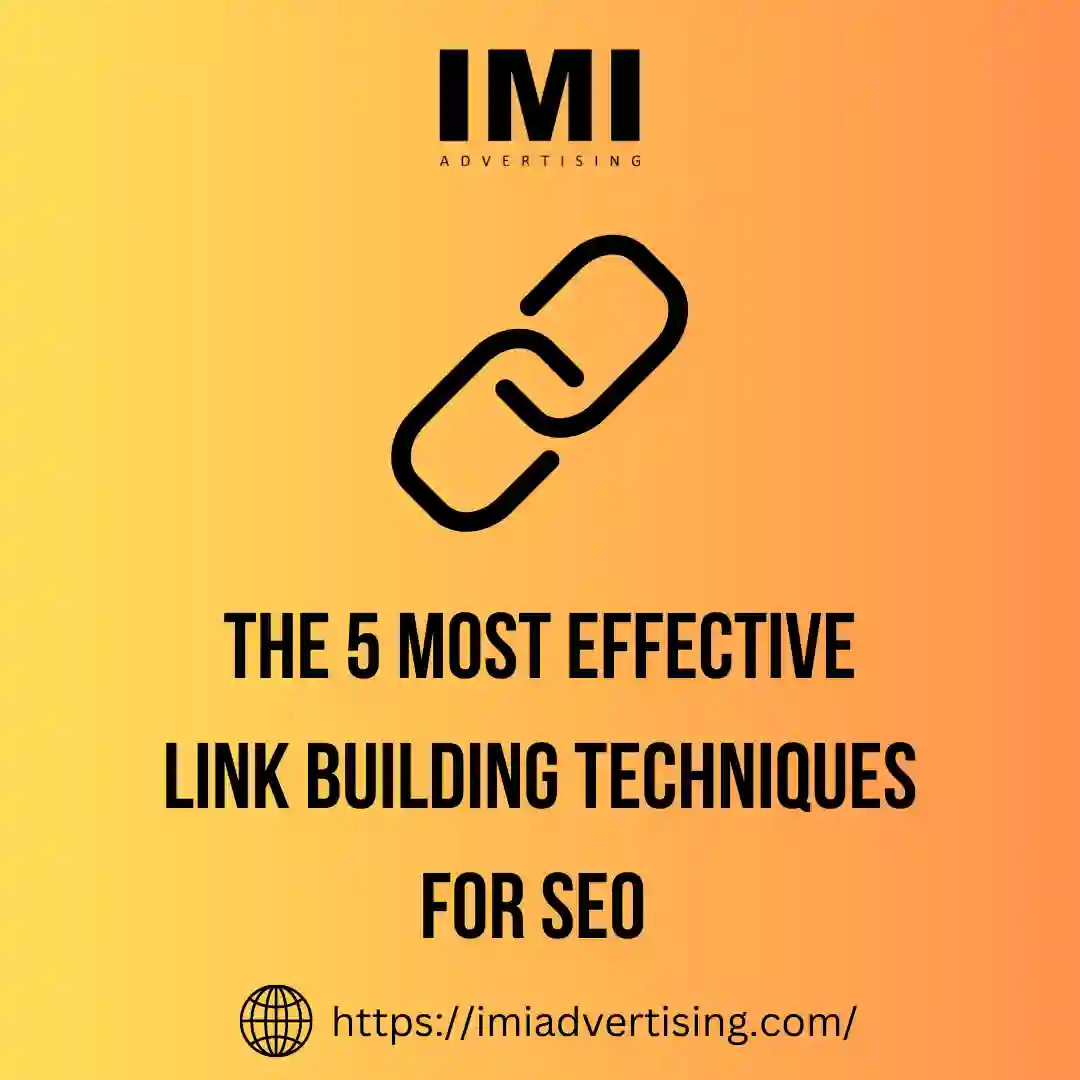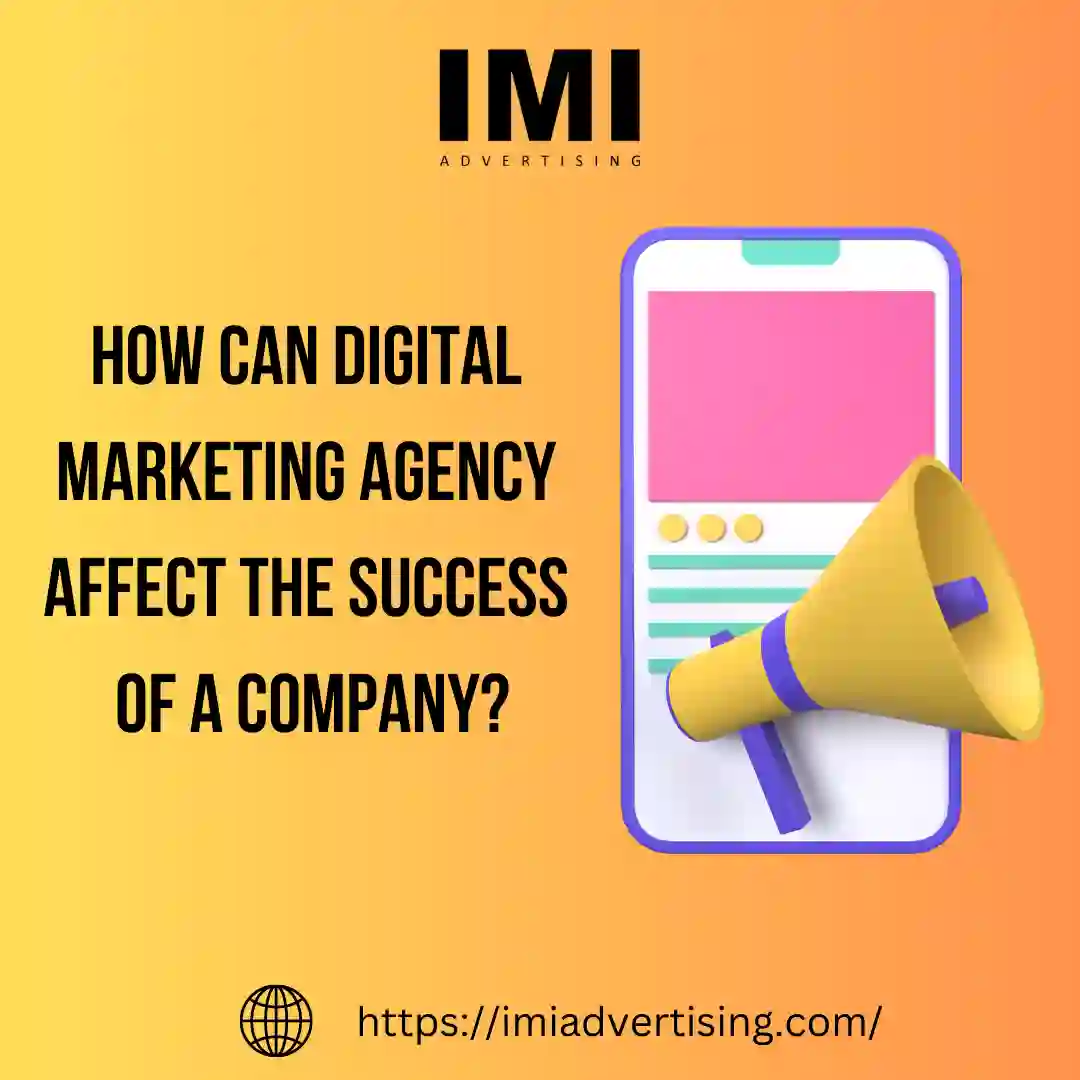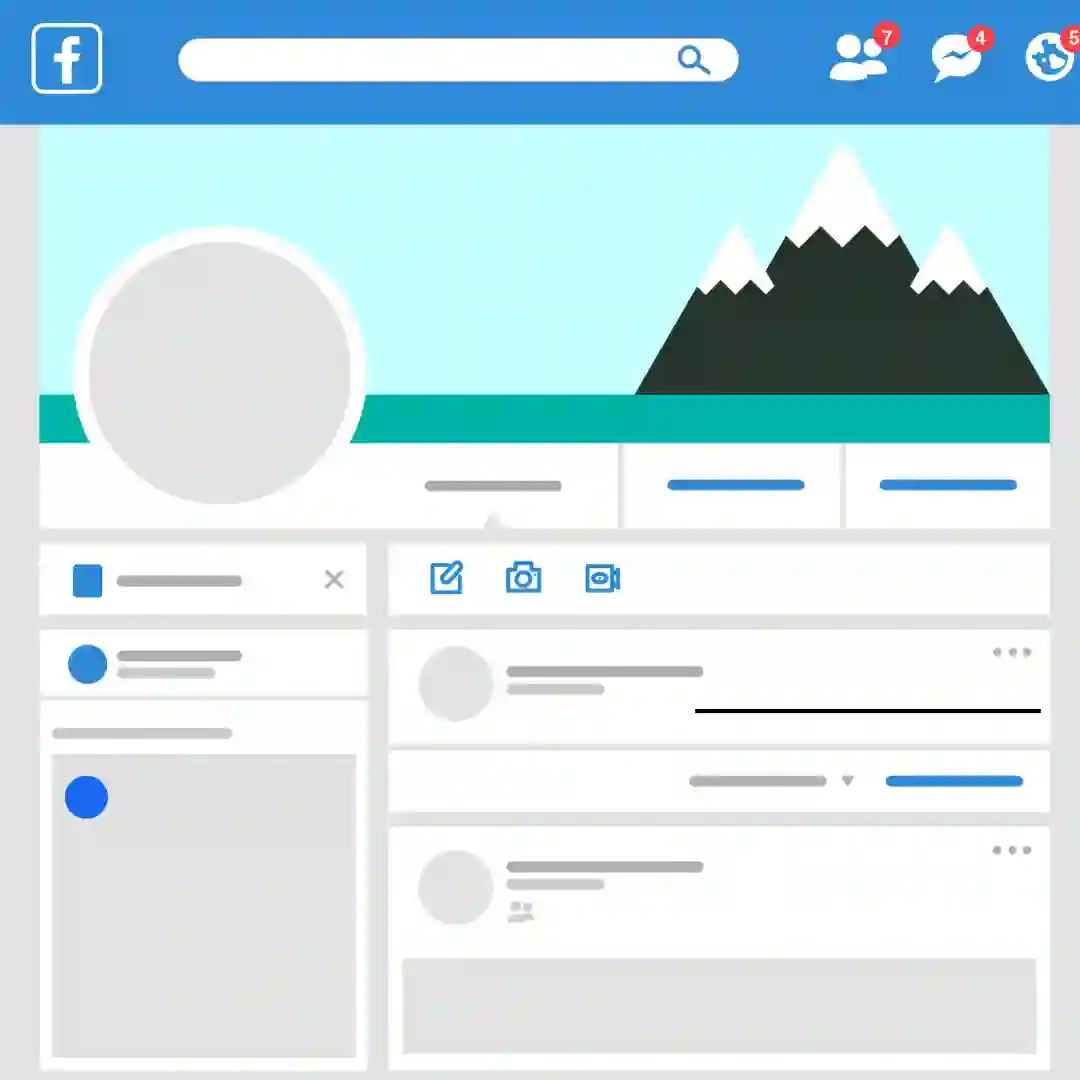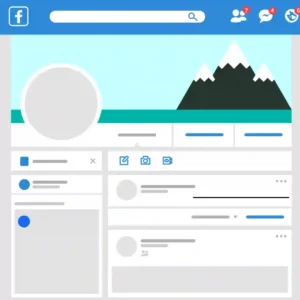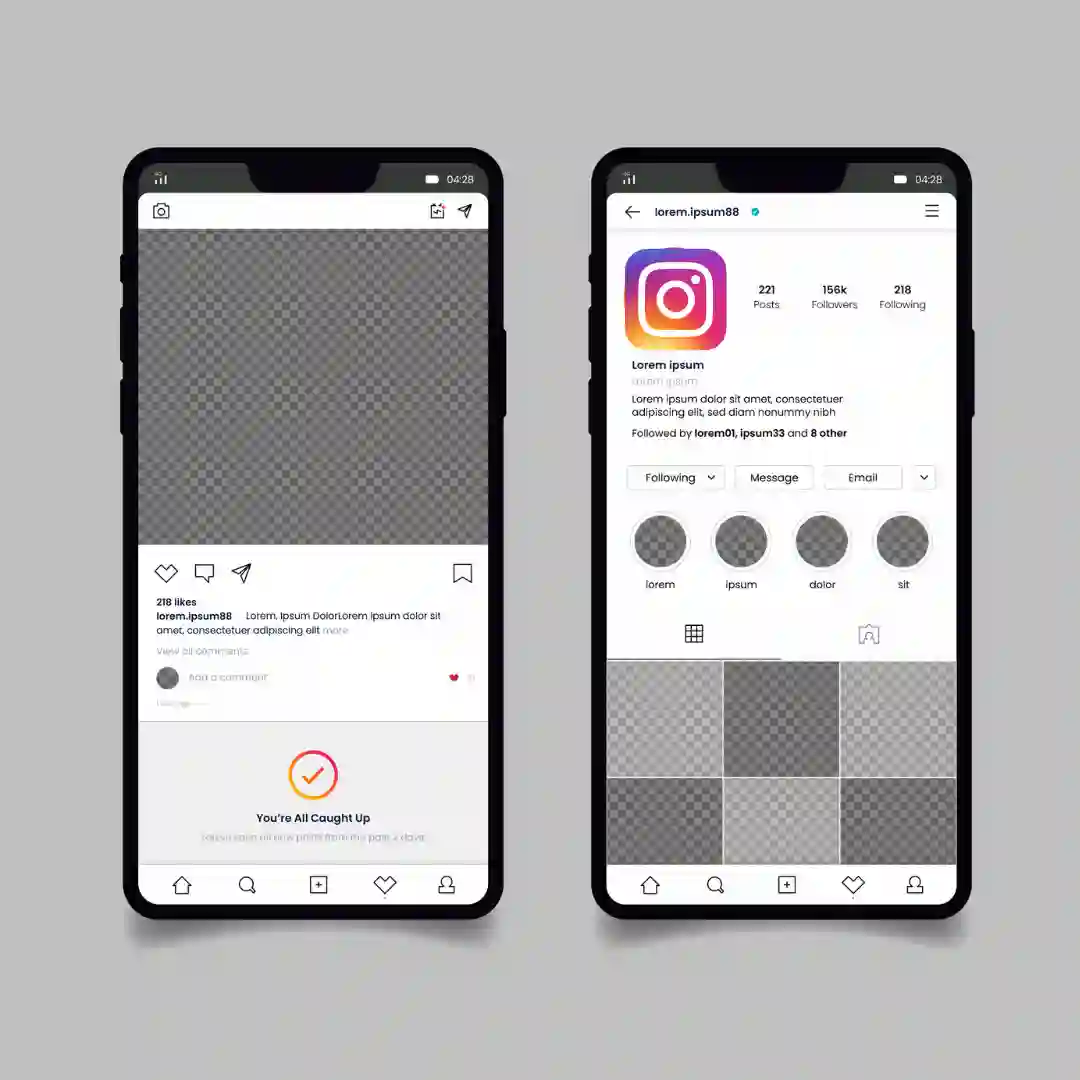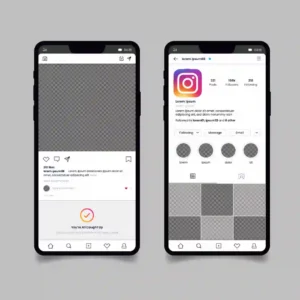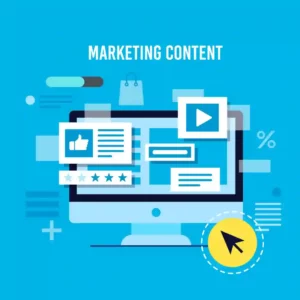The 5 most effective link building techniques for SEO
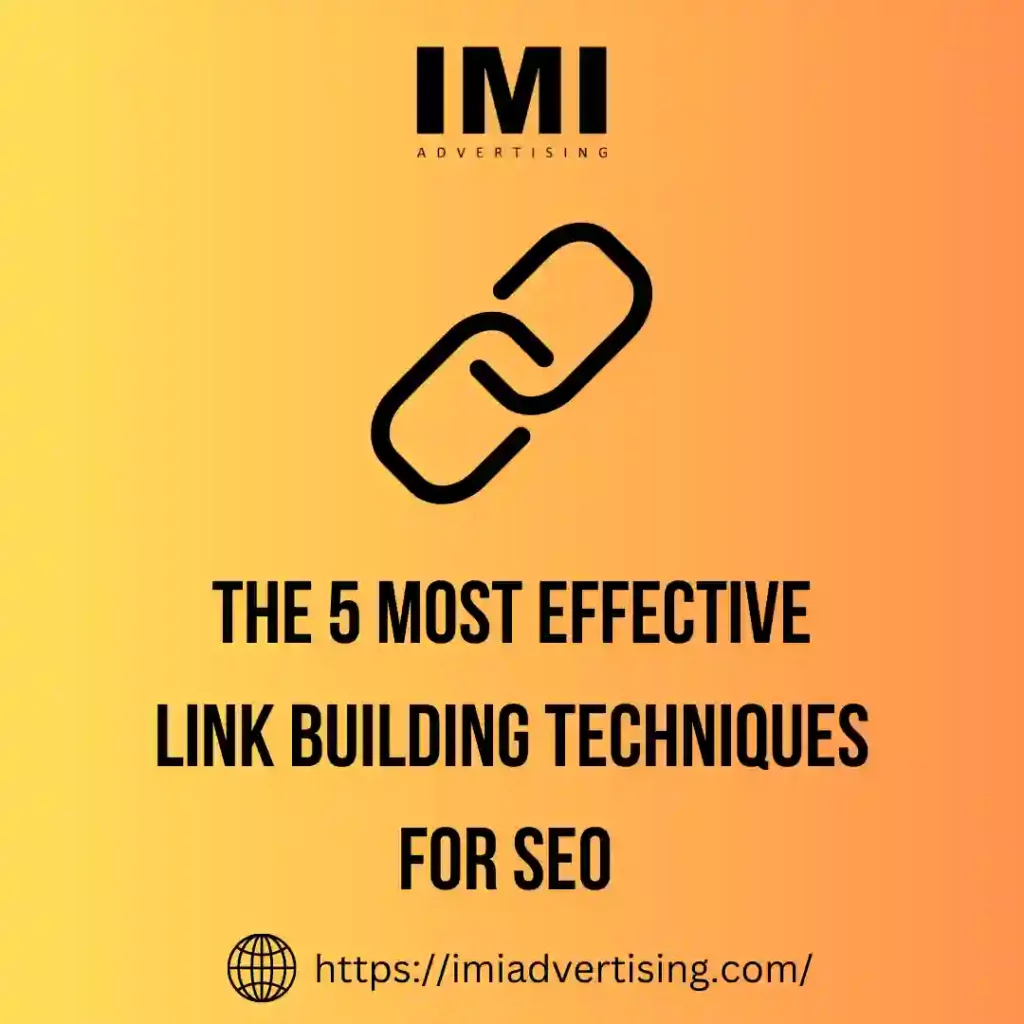
Link building is an essential aspect of Search Engine Optimization (SEO) that helps improve a website’s authority and search engine rankings. Here are five link building techniques that every SEO company should know:
- Guest Blogging: Guest blogging involves creating high-quality, informative content and publishing it on other websites in your industry. By doing so, you can gain valuable backlinks to your website. Look for authoritative blogs that accept guest posts and ensure that the content you provide is relevant and adds value to their audience.
- Broken Link Building: Broken link building is the process of finding broken or dead links on other websites and reaching out to the site owners to replace those links with your relevant content. This technique not only helps the site owner by fixing broken links but also provides you with an opportunity to acquire a valuable backlink.
- Link Outreach: Link outreach involves reaching out to other websites in your niche and requesting backlinks. Personalised and targeted outreach emails are essential to increase the chances of success. Focus on building relationships and offering something valuable to the website owners to encourage them to link to your site.
- Infographics and Visual Content: Creating high-quality infographics and visual content is an excellent way to attract backlinks. People love to share visually appealing and informative content and this can lead to natural link building as other websites reference and link to your infographics.
- Content Marketing: Producing high-quality, engaging and shareable content is a fundamental link building strategy. When you consistently publish valuable content, other websites are more likely to link to it as a resource. This could include blog posts, guides, research studies, videos and more.
Remember, link building should always prioritize quality over quantity. Focus on earning links from authoritative and relevant websites rather than pursuing spammy or low-quality links. Additionally, keep track of your link building efforts and monitor the performance of your backlinks to assess their impact on your SEO efforts.
Remember, finding the right SEO agency is an important investment in your digital marketing efforts. Take your time to research and choose an agency that understands your business and can deliver measurable results.
Recent Posts
-
How IMI Advertising Achieved 2X Growth in the Game Website19 Apr 2024
-
How IMI Advertising Helped iBoon Technologies to Achieve Ranking for Competitive Keywords by 68%14 Mar 2024
-
The Crucial Role of Content Freshness in SEO: Ahmedabad's Best SEO Company09 Feb 2024
-
What is a Digital Marketing Funnel?25 Sep 2023
-
10 SEO Tips for E commerce business18 Sep 2023
Have Any Question?
- 093131 00658
- [email protected]




